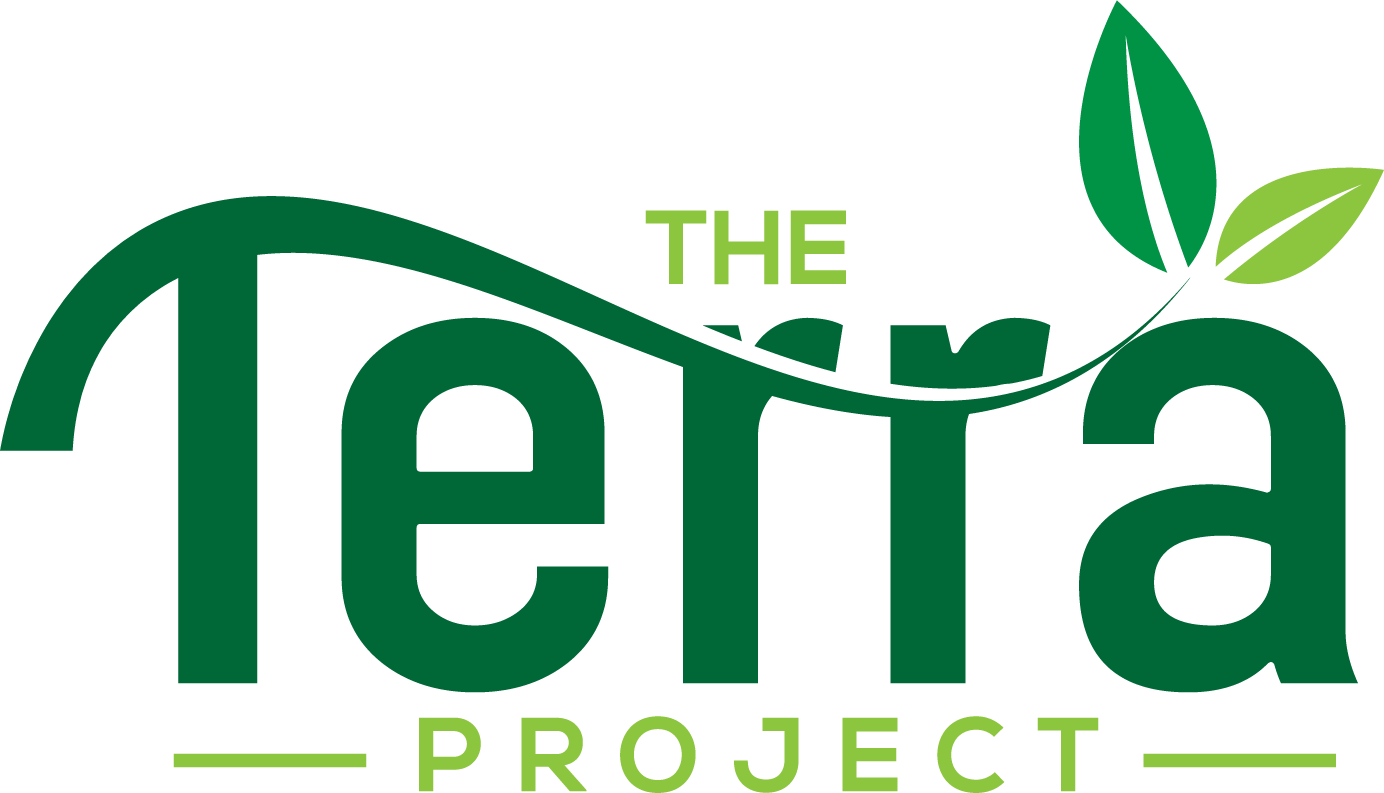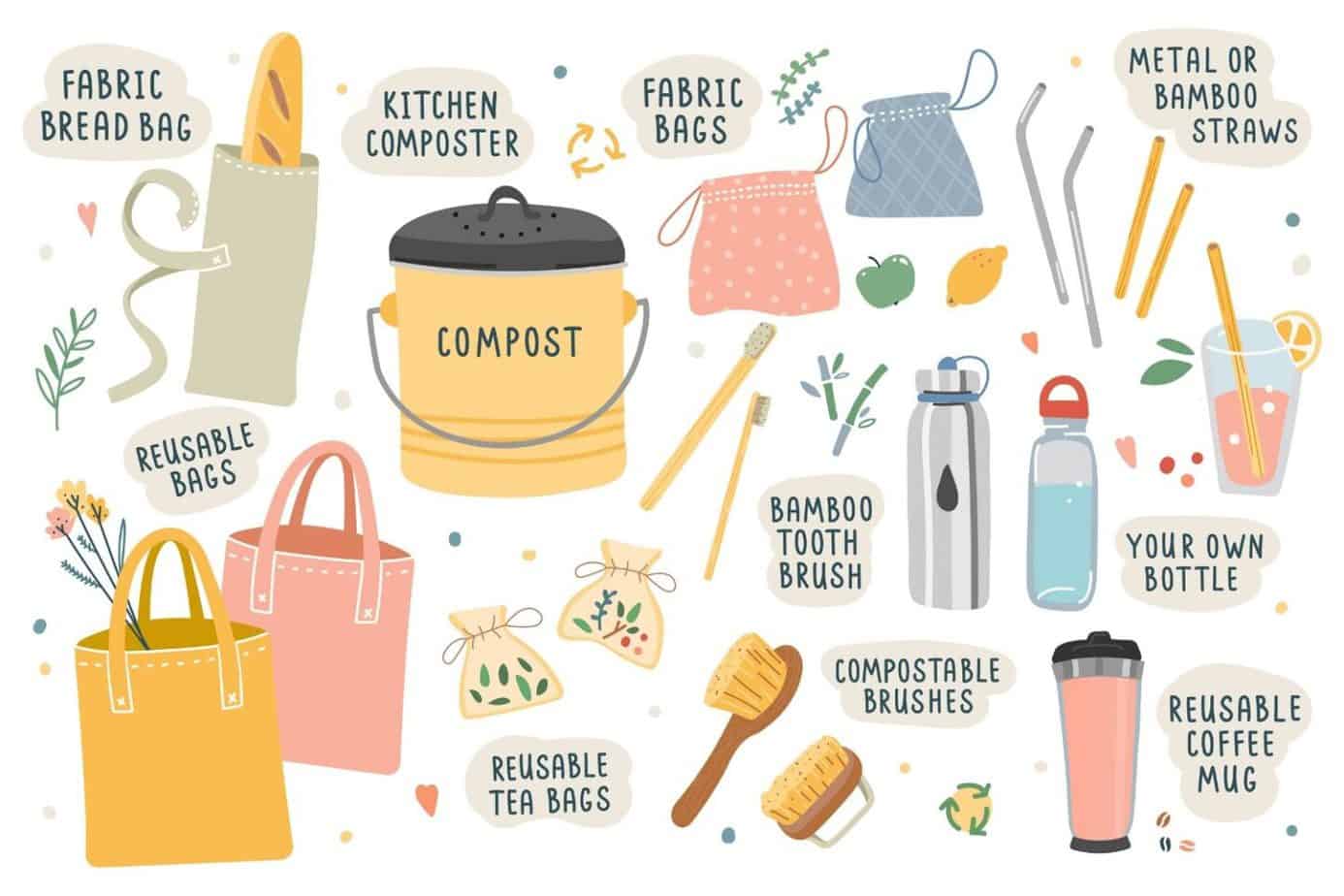To reduce the rate of climate change, supporters have suggested several actions individuals can take. Some include signing petitions, eating less meat and dairy, and initiating discussions on the topic with friends and family. As individuals, it’s difficult to believe that our contributions can make a difference, but much like the way every vote counts, so too does each and every climate-conscious behavior that’s adopted.
So what kinds of behavior are we referring to? Habits that are a part of our everyday lives. Habits that can be readjusted to create less or no waste. This way of living is known as the Zero Waste Movement, and its supporters encourage people to ask themselves questions like “Do I really need to buy this?” and “Does this item have no more use for anyone at all, whatsoever?” Evaluating our daily habits can be challenging, especially since we’ve become attached to many of them. But we don’t need to start with the difficult ones. Starting slow and small can be as easy as changing out your plastic toothbrush for a wooden, compostable one.
According to Bea Johnson, the blogger who is known for starting the Zero Waste Movement, there are numerous ways people can start. Beginning with each room in our homes, she offers 100 tips that can be adopted to achieve zero waste. From using package-free solid soap bars to limiting the number of pieces in our wardrobe to streaming music and videos online, she explains how her method of the 5R’s (refuse, reduce, reuse, recycle, and rot) works and how her family of four has been able to live waste free, with only a pint-sized mason jar of trash each year. Such amazing feats are mind boggling, but they also highlight how heavily attached we’ve become to the way we live our lives.
Following in Johnson’s footsteps, blogger Lauren Singer explains what she did to fit all her trash for the past eight years into a mason jar. Her suggestions on what people can do to upcycle their food scraps, how they can invest their money in better alternatives for items like toilet paper and plastic tupperware, and where people can go to be package-free are rooted in her firm belief that zero wasting promotes a sustainable lifestyle that also protects our health and keeps our landfills free from producing greenhouse gases like methane.
Reducing this particular gas is important since methane is the most emitted gas within landfills. According to an NPR article “Your Trash Is Emitting Methane In The Landfill. Here’s Why It Matters For the Climate,” the amount of methane generated in landfills is underestimated by a factor of two to four, partly because “…EPA’s methods for estimating landfill methane emissions are outdated and flawed.” Engineers, the EPA, and landfill operators are working to fix this problem through establishing new regulations and better monitoring methods, but our landfills are generating more and more trash on a daily basis.
To lessen the amount of methane being produced, zero waste advocates state that we need to generate less trash and eventually eliminate it completely. Leaders like Johnson and Singer have demonstrated how it’s possible and have encouraged us to try. Though it is a tough challenge to accept, the Zero Waste Movement is one that people should consider adopting, even if it’s just a simple swap of products.
References
https://zerowastehome.com/tips/
https://trashisfortossers.com/
https://www.npr.org/2021/07/13/1012218119/epa-struggles-to-track-methane-from-landfills-heres-why-it-matters-for-the-clima

